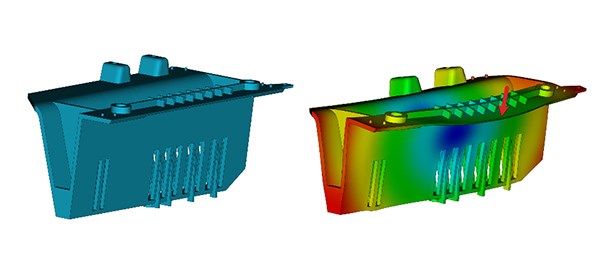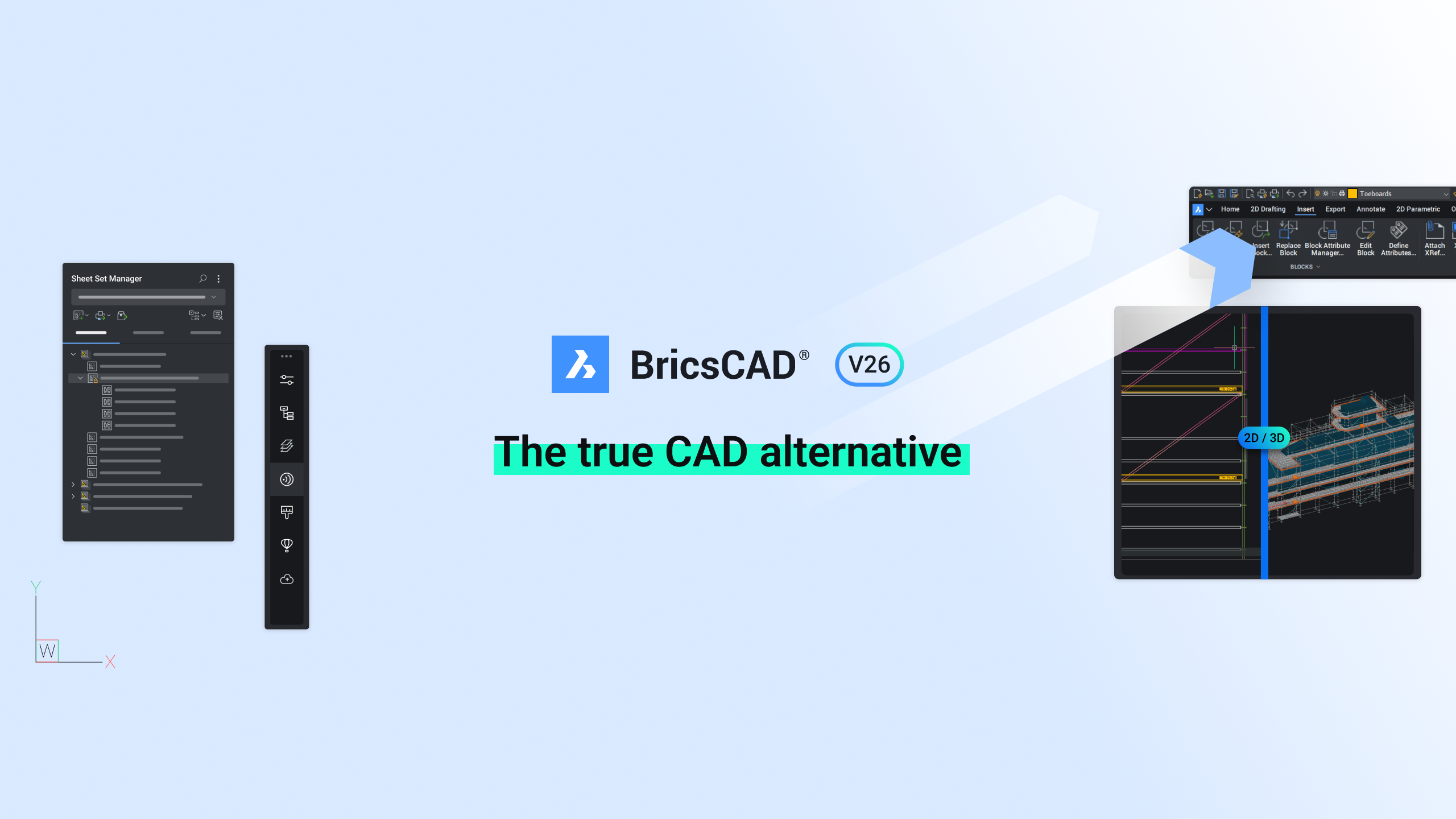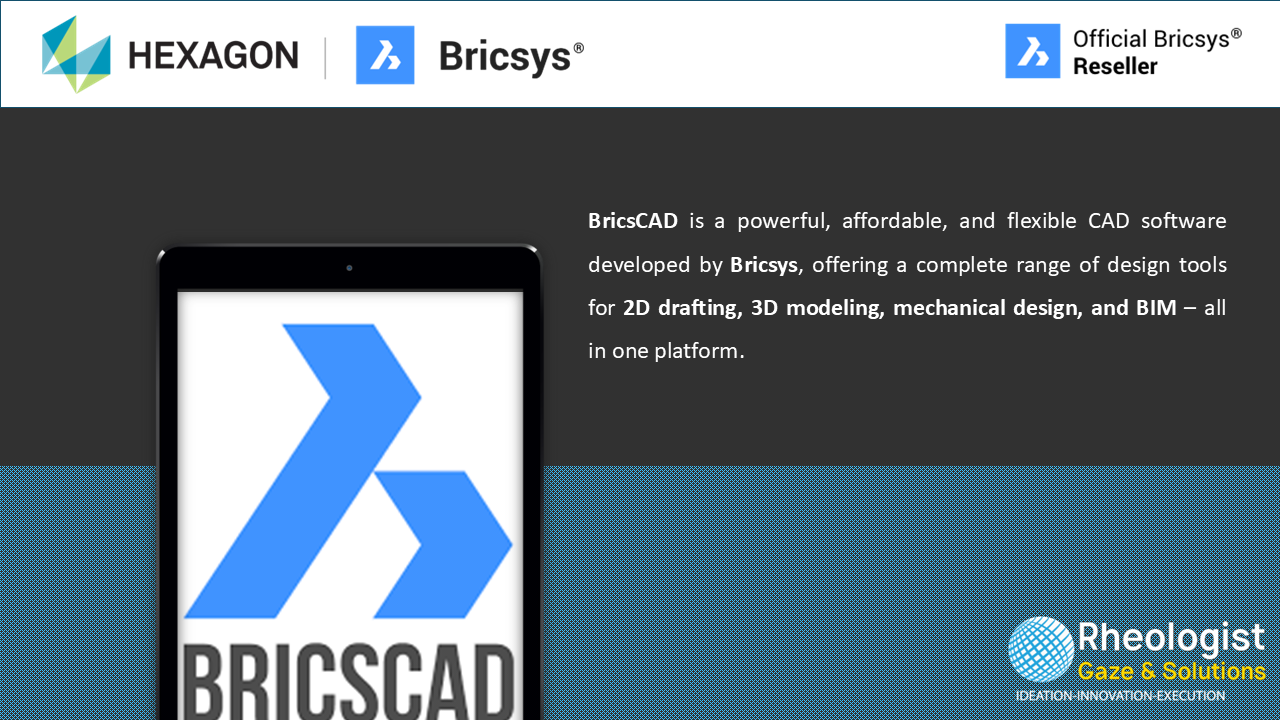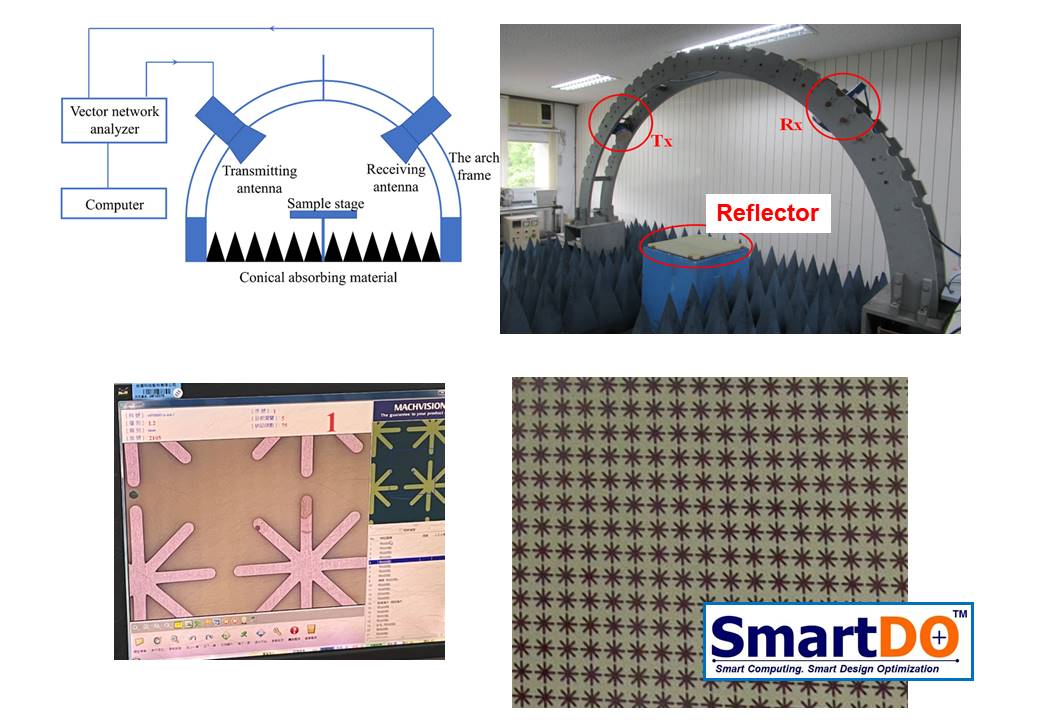Mastering Injection Molding: Tips for Minimizing Warpage and Achieving Perfect Parts
Injection molding is a cornerstone of modern manufacturing, known for its ability to produce high-quality parts with precision and efficiency. However, one common challenge that manufacturers face is warpage – the unwanted deformation or twisting of parts after they have been ejected from the mold. If not managed properly, warpage can lead to increased waste, higher production costs, and decreased product quality. In this blog, we’ll explore effective strategies for minimizing warpage and ensuring your injection-molded parts are perfect every time.
1. Design for Success
Uniform Wall Thickness: One of the primary causes of warpage is uneven cooling rates. To mitigate this, design your parts with uniform wall thickness. This ensures that the material cools and solidifies at the same rate throughout the part, reducing the risk of differential shrinkage.
Rib and Boss Design: Instead of increasing wall thickness to add strength, use ribs. Ribs should be designed to be thinner than the walls they support to avoid creating stress concentrations. Similarly, bosses should be carefully designed to prevent thick sections that can lead to warping.
Incorporate Draft Angles: Proper draft angles are crucial for easy ejection of parts from the mold. Without adequate draft, parts can stick to the mold and experience deformation as they are forced out. Draft angles also help in reducing surface friction, contributing to more consistent parts.
2. Choose the Right Materials
Material Selection: The choice of material plays a significant role in warpage. Opt for resins with low shrinkage and good dimensional stability. Materials with high crystallinity tend to exhibit less thermal expansion and are less prone to warpage.
Additives and Fillers: Incorporating additives or fillers can enhance the material's properties. For instance, glass-filled resins can help in reducing shrinkage and improving overall dimensional stability, making them a great choice for minimizing warpage.
3. Optimize Mold Design
Balanced Cooling System: An effective cooling system ensures that the mold cools uniformly. Uneven cooling can lead to variations in shrinkage and warpage. Design your cooling channels to provide consistent temperature control throughout the mold.
Proper Venting: Adequate venting is essential to allow gases to escape and prevent pressure build-up, which can cause warpage. Ensure that your mold is equipped with sufficient vents to maintain consistent pressure and reduce the risk of defects.
Gate Placement: The type and location of gates influence the flow of material into the mold. Proper gate design helps control material flow and reduces the likelihood of residual stresses that can lead to warpage.
4. Control the Injection Molding Process
Temperature Management: Consistent melt and mold temperatures are key to minimizing warpage. Ensure that your molding process maintains steady temperatures to prevent uneven cooling and solidification.
Optimize Injection Pressure: Adjust the injection pressure to avoid overpacking, which can create internal stresses in the part. Proper pressure settings help in achieving uniform material distribution and reduce the potential for warpage.
Cooling Time: Tailor the cooling time to the part geometry and material properties. Inadequate cooling time can lead to incomplete solidification, while excessive cooling can impact cycle times and efficiency.
5. Implement Post-Molding Techniques
Stress Relief: Post-molding processes like annealing can help relieve internal stresses in the parts. Stress relief treatments can improve dimensional stability and reduce the risk of warpage.
Controlled Storage: Store molded parts in a controlled environment to prevent warpage due to environmental factors such as temperature and humidity. Proper storage conditions help maintain the integrity of the parts over time.
6. Utilize Simulation and Testing
Simulation Software: Leverage mold flow simulation software to predict and address potential warpage issues before physical prototyping. This tool can help you make design adjustments and optimize your molding process effectively.
Trial Runs: Conduct trial runs to validate your mold design and process parameters. Observing actual warpage and other quality issues during trials allows you to make necessary adjustments and improve your process.
7. Embrace Continuous Improvement
Analyze and Adapt: Continuously analyze warpage issues and gather data to refine your molding process. Understanding the root causes of defects helps in making informed adjustments and improving overall quality.
Feedback Integration: Establish a feedback loop between design, molding, and quality control teams. Addressing issues collaboratively and proactively can lead to significant improvements in the injection molding process.







